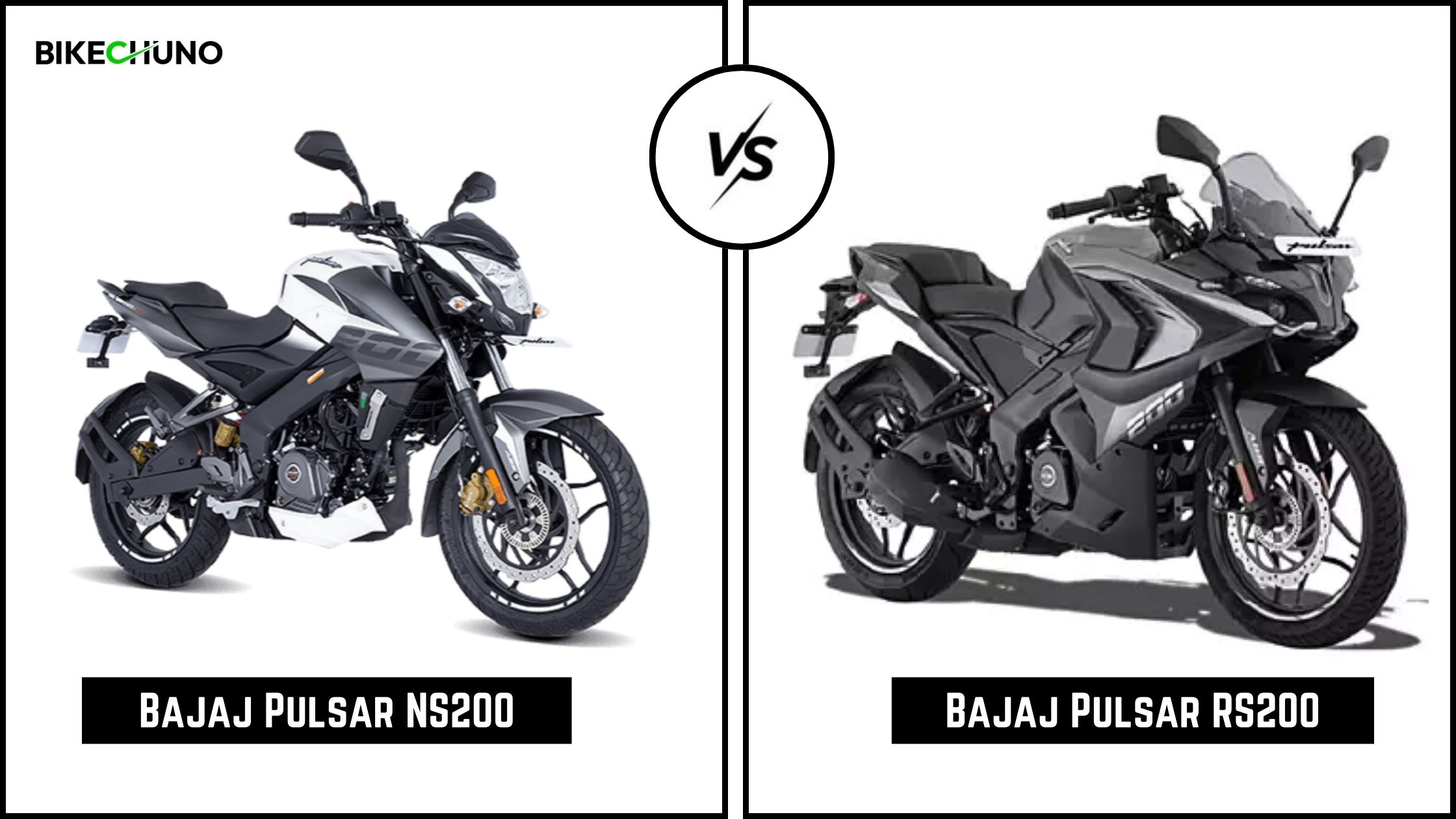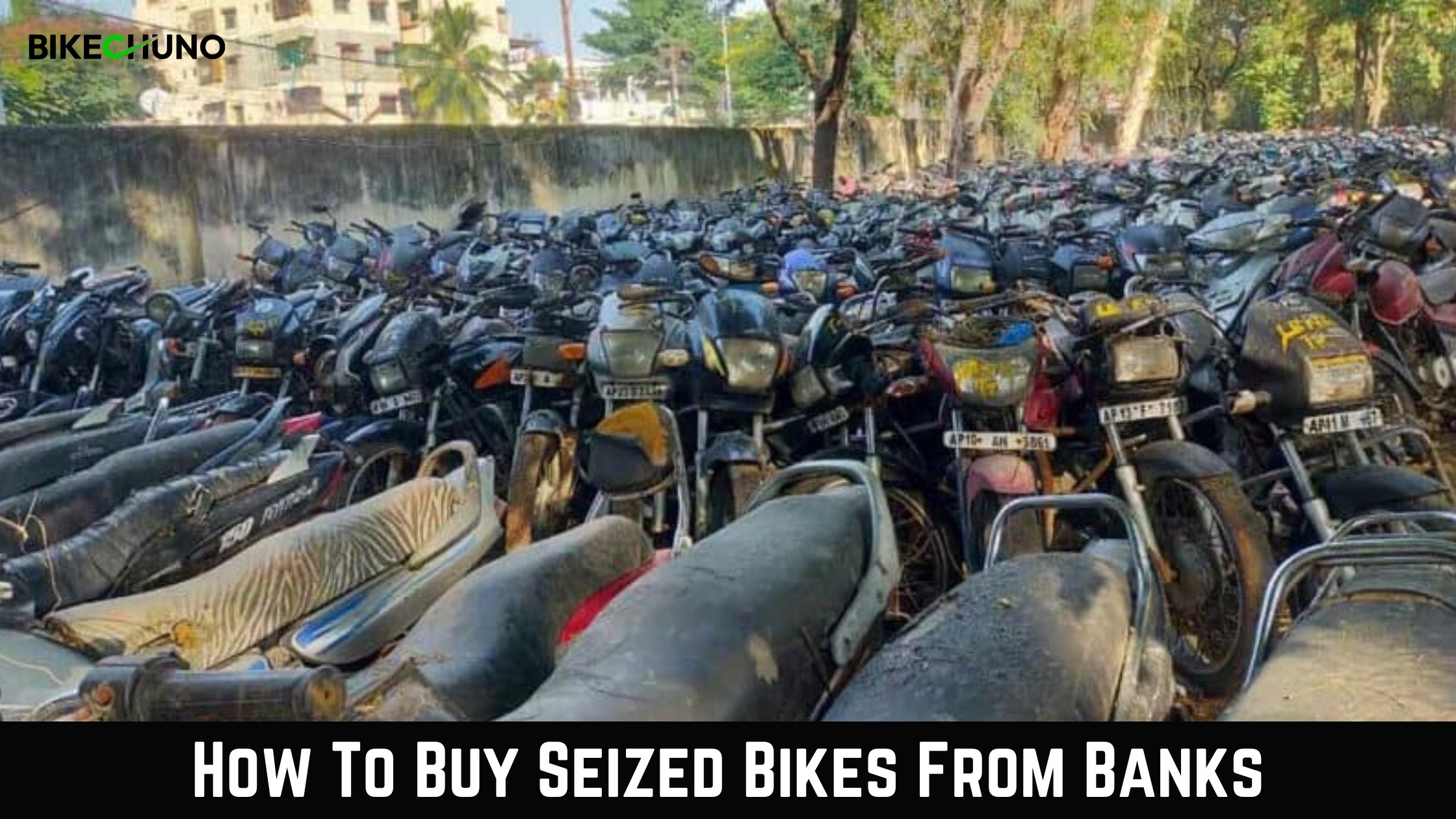One of the essential motorbike maintenance tasks you can conduct is changing the engine oil. However, even more, important is to change the oil in your motorcycle regularly.
The oil in your motorcycle performs several tasks. Inadequate maintenance can harm the engine and transmission and decrease performance and fuel efficiency.
First, know Why Motorcycle Oil Matters
With the help of numerous additives, engine oil lubricates the moving parts while safeguarding the engine against the corrosive effects of moisture, combustion byproducts, and impurities. Unless the motorcycle is explicitly “liquid-cooled,” most motorcycles use the oil as an engine coolant. In addition, motorcycles use oil to keep their transmissions cool and lubricated.
Unfortunately, when impurities and moisture build-up, the oil’s lubricating properties and protective additives gradually degrade. Because of this, it’s crucial to keep the quality of your motorcycle oil by changing it often and using the proper oil.
How Frequently Should Motorcycle Oil Be Changed?
The type of oil your motorcycle uses, the miles it travels, and how frequently you ride will all affect how frequently you replace the oil. The suggested service intervals are detailed in your user handbook, but generally speaking:
Some specialists would advise doing it at least twice a year.
At least once a year, or every 7,000 to 10,000 miles, synthetic oil needs to be changed.
Replace semi-synthetic oil at least once annually or every 5,000 to 6,000 miles, whichever comes first.
Surprisingly, if you don’t ride your motorcycle often or if you usually take short excursions under 30 minutes, you might need to change your oil at more frequent intervals. It is so that what can burn off any moisture accumulated in the oil, and an engine needs to be regularly operated for around 30 minutes, not merely idling. Unfortunately, this extra moisture may hasten the deterioration of engine oil and cause corrosion.
It’s advised to change your motorcycle oil every four months if you can’t ride your motorcycle for 30 minutes every one to two weeks, as is the case in winter.
5 Signs Your Motorcycle Engine Needs an Oil Change
# It has a thin consistency and a dark or black color
When oil is brand-new, it usually has a thick consistency and a blue or brown color. However, it turns black when exposed to engine combustion repeatedly. If your engine oil has this color, it has advised that you change it as soon as possible because it will hasten the wear on your engine.
# Decrease in engine oil volume
Less than a liter of engine oil typically fills a 150cc motorbike engine. However, the oil volume tends to decrease due to prolonged and vigorous engine use. If you notice a drop in the oil level, look for leaks and replenish the oil immediately.
# High engine temperature
Reduced thermal conductivity caused by deteriorating oil conditions also causes an uneven heat distribution within the engine. While riding, if you experience hot air on your feet, your motorcycle oil has to be replaced immediately.
# Harsh engine sound
The sound of a well-oiled engine is pleasant. It results in a loud sound when you shift gears or rev the engine, which indicates that you need to change the oil. On the other hand, poor oil quality leads to insufficient lubrication of the gears, which impacts the transmission.
Conclusion
Engine oil needs to be changed typically every 3,000 to 5,000 kilometers. At this point, engine performance will still seem normal, but failing to change the oil could lead to engine issues in the future. The ideal time to change the motorcycle engine oil can be determined using daily kilometer monitoring. It has been suggested to change the oil every one and a half months for daily distances of 20 to 50 kilometers and every month for daily distances of more than 50 kilometers.
However, the motorbike engine’s service life also determines when to change the oil. It is especially true in locations with considerable traffic, when the bike may not be moving, but the engine is still running constantly.




